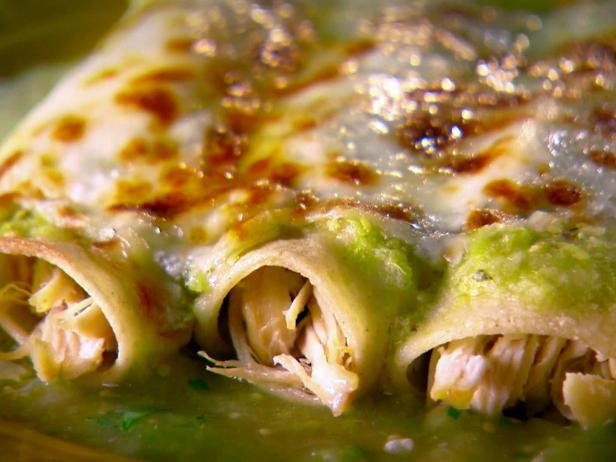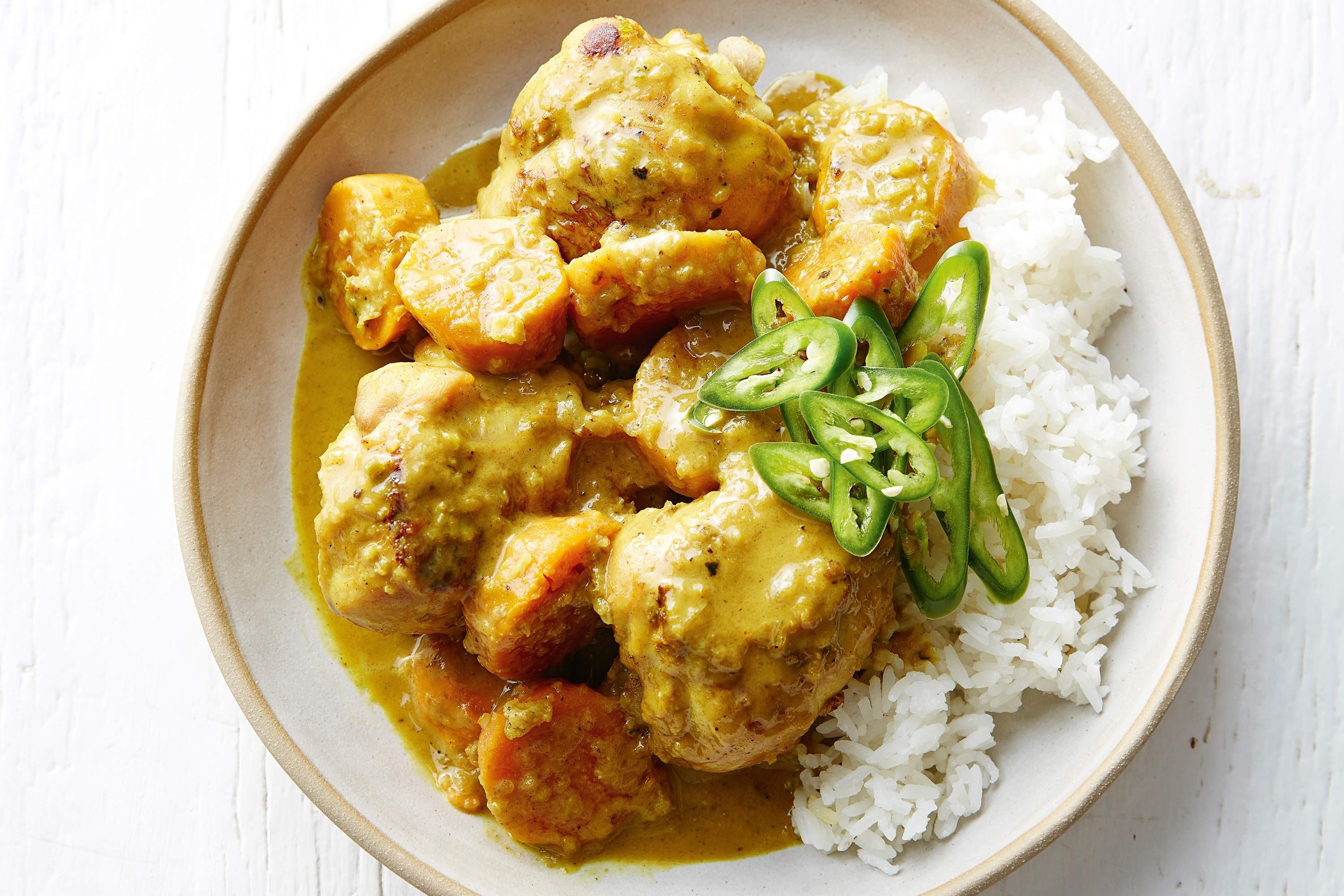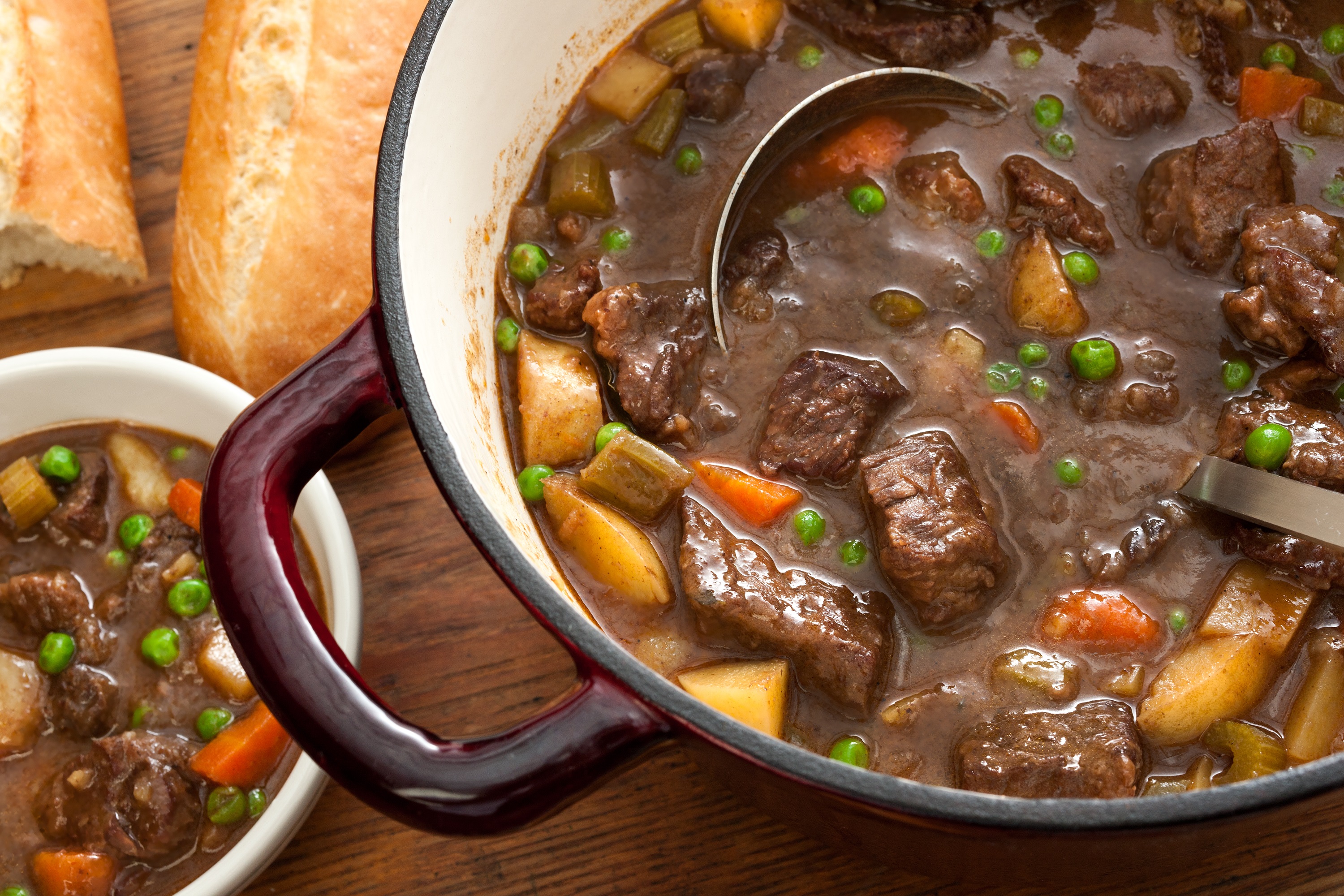The Science Behind Why Certain Foods Taste EVEN Better As Leftovers
We have just passed America’s favorite leftovers day ever. Thanksgiving! Have you ever seen the episode of Friends where Ross brings his leftover Thanksgiving sandwich and someone ate it?! It was like the worst thing ever and Ross was very dramatic about what a terrible thing this was.

I can totally relate. Back when I worked keying mail for the Post Office, we have 5 huge fridges to share between all of us working together. Every once in a while my lunch would be missing. I’ll give people the benefit of the doubt and say that they probably just mixed it up with their own Walmart bag, but there were times when I thought—meh….that’s ok. I wasn’t really excited about those leftovers. But sometimes leftovers are even BETTER than the first day! And that is not a good day when someone takes your leftover enchiladas or chicken curry.

I read a really cool article on Forbes of the science behind why this is the case with certain foods. The bottom line is yes, leftovers are more flavorful the next day the more spices they have in it. If you make two omelets one day, the first one being plain and the second having garlic and onions in it and you refrigerate them, the next day the regular omelet would taste about the same but the one with garlic and onions would be significantly more flavorful. When the flavors cool, they meld together to give the food a more round flavor that is very pleasing to the appetite.
The Forbes people interviewed Dr. Kantha Shelke, a spokesperson for the Institute of Food Technologists, and the Founder of Corvus Blue LLC, a Chicago-based food science and research firm to get some answers regarding the science behind leftovers and I wanted to share some of his really scientific answers for this if you’re kind of a nerdy foodie like me :)
Let's cut to the chase; why do my curries always taste better the next day?
When you consume something straight from the stove, chances are your taste buds can pick up on all of the distinct reaction products or flavor and aroma compounds that have been produced and can differentiate between them. So while you're tasting the flavor profile of the curry in its entirety, you're also tasting the individual flavor notes in isolation - a characteristic that's usually regarded as being harsh. So if you have good taste buds, you'll detect the cinnamon, the chili, the nutmeg, the coriander etc. As the dish cools and sits over time, the different flavor and aroma compounds mingle together and develop more seasoned notes. The individual flavors are still there, but much less pronounced and the dish is therefore more mellow or rounded in flavor.

Leftover foods seem to contain more umami, or savoriness. Myth or fact?
It's not that there's more umami in leftovers, it's just that we are able to perceive it more as it's more accessible to our taste buds. Umami is basically the function of free standing amino acids and we are able to taste the umami more in re-heated, leftover foods for two reasons. Firstly, re-heating breaks down the protein and releases more of the umami compounds from their structures, whether it's the mushrooms, or tomatoes or even meat, and the dish will have a more rounded, savory mouthfeel. Secondly, as we mentioned before, food that's had time to sit has mellowed and seasoned and the flavor compounds have had a chance to mingle and fuse together. Umami compounds stand out more in this scenario since they are not competing with a harsh background of singular flavors and the food will taste more savory or umami-heavy in general.

We've talked a lot about taste. Does the texture of leftover food improve over time?
Yes, it can, at least a stew or a curry or a sauce can become thicker and creamier. When you heat a meat dish then cool it then re-heat it again, it will become more viscous because the fibers in the protein break down releasing the interstitial gelatinous material that's in-between the cells - this gelatinous material is actually what's holding the protein cells together in a piece of meat. Every time you heat and cool the protein, a little more of this material seeps out and thickens the surrounding liquid. However, if you repeatedly heat reheat and cool the dish many times, the meat itself will become increasingly stringy as it loses more and more of this gelling material.
What are your favorite foods as leftovers? Have you ever had your leftovers swiped by someone else? I hope me asking this is making you relive any painful memories that have been repressed. Good leftovers can really have that kind of impact :)
- www.taste.com.au
- www.foodnetwork.com
- www.chowhound.com
- www.forbes.com
 Mary Richardson
Mary Richardson
Weekly Newsletter Contributor since 2014
Email the author! mary@dvo.com
